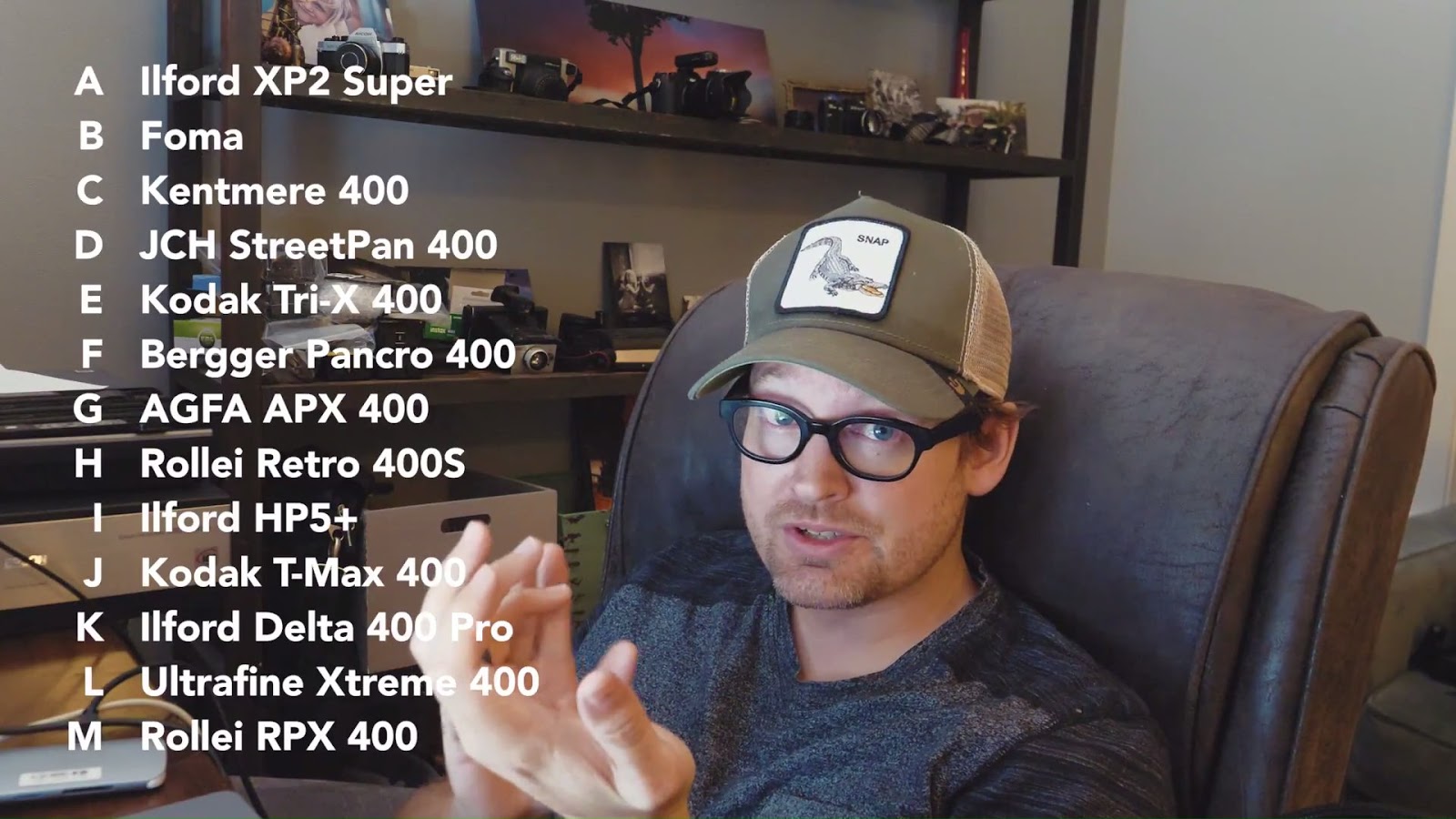

There are two main reasons you might want to shoot expired film, and they are cost and experimentation.Įxpired film can be cheap, or even free. Another option with slide film is to process it in C-41 chemistry, as a negative film.

The same degrading of the film will occur as with colour negative, but you haven’t got as much leeway with the exposures. If you overexpose too much you will lose detail in the highlights, if you underexpose you won’t have as much details in the shadows.

With colour slide film, instead of overexposing the whole roll, you should definitely bracket. But, remember, this is assuming the film has been stored under reasonable conditions. Colour negative is where adding one stop for every decade is most relevant. With colour negative, not only will the sensivity of the silver halides diminish, the three layers of colour dyes (red, blue and green-sensitive) will age individually, and at different rates. Also, colour negative film will be different to colour slide (positive) film. There are several layers in colour emulsion, and these can all age at different rates, and in different ways. Therefore, we no longer see films like Superia X-Tra 400, Gold 200 and Max 400 offered in any form other than preloaded cassettes, which, based on my reading, are purchased mainly by casual photographers wanting to "try film" or amateurs who don't process their own black and white, never mind color, but want to drop their film at the local Walmart or CVS and don't mind not getting the negatives back when the prints and CD are available.Shooting expired colour film is more unpredictable than black and white. With the catastrophic shrinkage of the film market, now encompassing virtually only amateurs, there is no longer enough volume in either "professional" or consumer C-41 color films to make it economical to offer them in a form that is likely to expire, unsold, on a retailer's shelves. This made economic sense when this market was large - but even then, it was only a select few films, ones most amateurs of the day didn't even know existed. This gave the black and white images long time amateurs craved, with the convenience of (then) one hour processing.īack in the heyday of film, some of the more common C-41 color stocks (and C-22 before them) were offered in bulk rolls - professionals would use these by the hundreds of rolls a year, and often processed their own negatives and even did their own color printing. Ilford's (and once Kodak's) solution to being able to process C-41 films on virtually any street corner (back in the 1980s and 1990s) but having to send your film out and pay double or more to get black and white was to offer black and white C-41 film. Most black and white films will yield clear film if processed in C-41 - assuming the temperature of the chemicals doesn't soften the emulsion enough for it to simply float off the base (modern films, like current Kodak, Ilford, and Fuji offerings can take the heat, but older technology films like Fomapan and expired Efke and Forte likely can't). XP2 Super is the only film still on the global market (yes, Fuji offers one - coated by Ilford - but it's not distributed in North America, for instance) that offers a black and white image compatible with C-41 chemistry. This makes some sense from a standpoint of tradition and user expectations, as bulk loading has historically been the domain of the DIY photographer, who were almost exclusively shooting silver image B&W films. The only C-41 film (as opposed to ECN-2) that I know of sold in 30.5m (100 ft) bulk rolls is Ilford's XP2 Super. A previous answer addresses what's available, and how its sold, not the availability of C-41 negative films in what amateurs have long called "bulk rolls", and why.


 0 kommentar(er)
0 kommentar(er)
